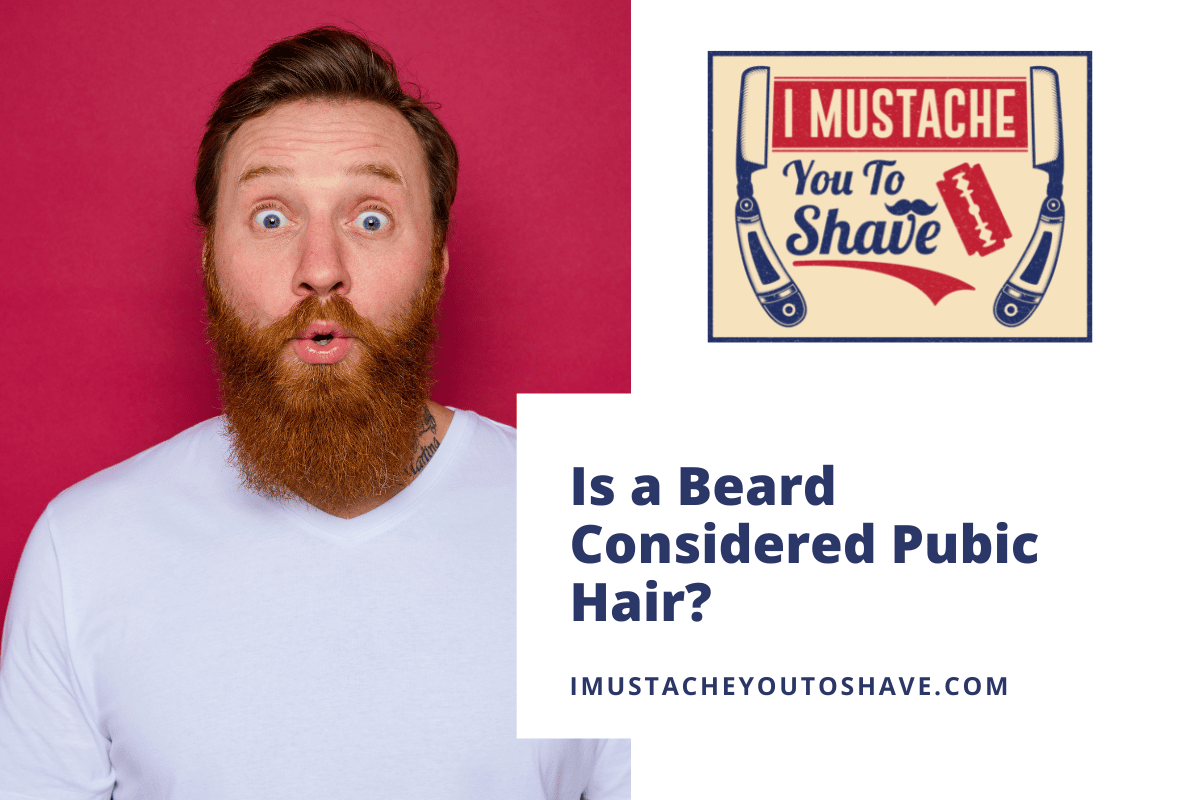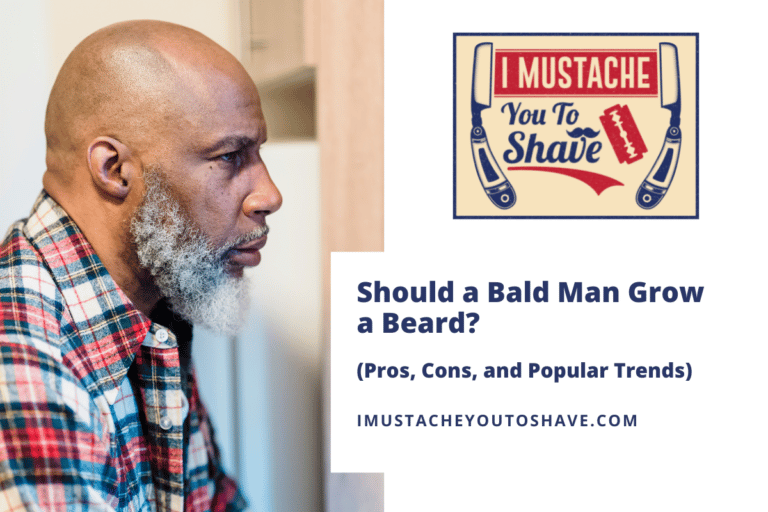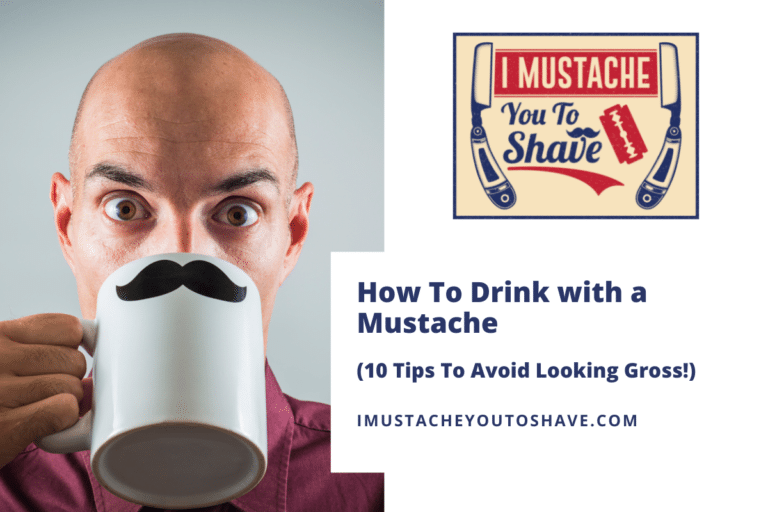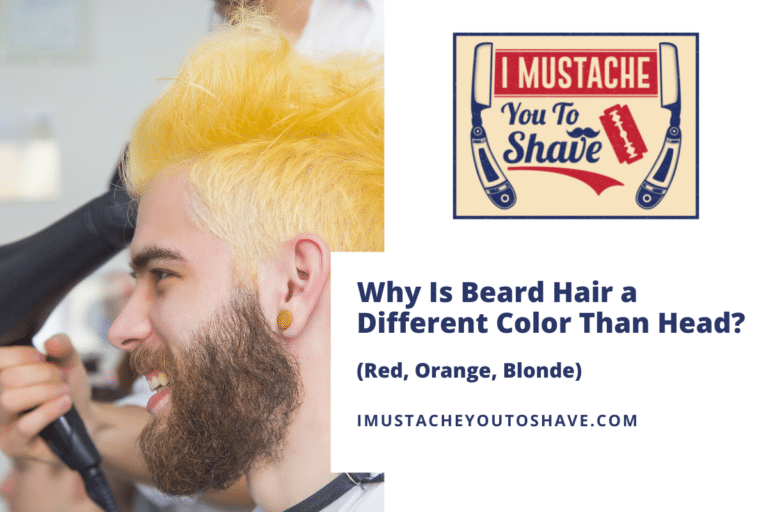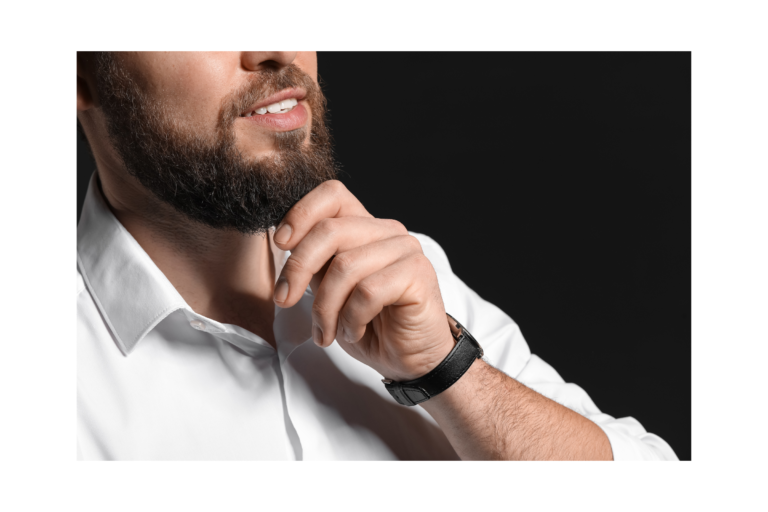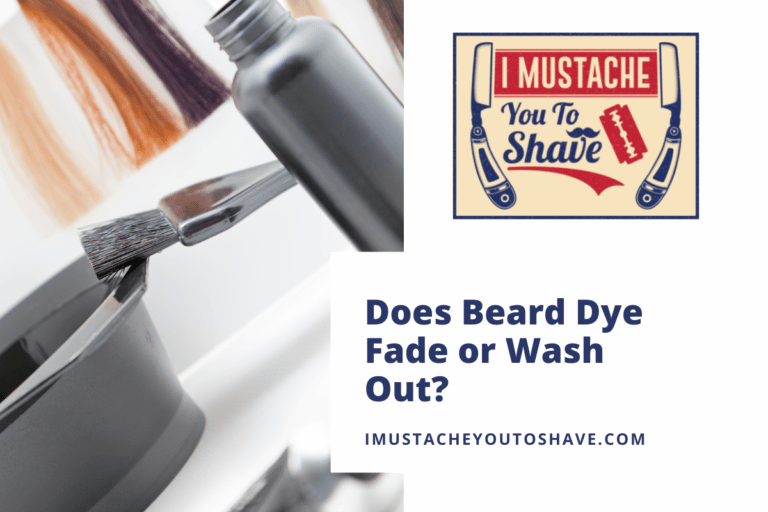Is a Beard Considered Pubic Hair? (The Terrifying Truth!)
If someone walked up to you and said you had pubes growing on your face, would you be offended? You worked hard for the perfect beard! How dare they blaspheme your efforts? Before you roll up your sleeves and defend your beard’s honor, consider the chance that their words are true.
A beard is considered pubic hair because the ability to grow one first occurs at puberty. Puberty is the transition period between childhood and adulthood when sex hormones make it possible for males to grow hair on the face, under the arms, and in the pubic region.
Read on to learn how beards and pubic hair are related!
Why is a beard technically pubic hair?

Say it isn’t so! Beard hair and pubic hair can’t be related. That’s gross! But gross or not, it’s true. The placement is different, but the hair is basically the same.
A beard is technically pubic hair because its growth only occurs once a male hits puberty. Pubic hair in the genital area and hair under the arms also fall in this category. Hair growth in these areas is fueled by male androgens.
Before puberty hits, your body is covered in fine, pale vellus hair, a.k.a peach fuzz. The surge of male sex hormones, or androgens, activates the growth of thick, terminal hairs on the face, armpits, and groin area.
Although the growth mechanism and makeup of beards and pubic hair are essentially the same, we make a distinction when discussing them. Pubic hair gets relegated to the nether region, while beards are proudly displayed.
Testosterone and dihydrotestosterone (DHT) are responsible for both beard and pubic hair. These hormones work deep within the hair follicle to stimulate hair growth. The hair follicles in these areas can be shaped differently than scalp hair follicles, giving them a unique look and feel.
Why is a beard considered pubic hair?
At birth, you are blessed with all of the hair follicles you will ever have, but they can change as you age.
Beards and pubic hair are the same because they share the same texture, structure, and follicle shape. Whiskers and pubic hair are coarse, wiry, and often grow at weird angles compared to scalp hair.
Due to testosterone and follicle shape, whiskers and pubes are thicker than scalp hair. The follicles can be a variety of shapes instead of uniform. This results in curlier hair. That’s why the hair on your head can be straight while curly in other areas.
Androgenic hair strands have more cuticle layers than non-androgenic strands, also affecting the texture.
Fun fact: In an attempt to be clean-shaven down there, ancient Greeks plucked pubes one by one or burned them off. Yikes!
Do beards grow as fast as pubic hair?
Does it ever seem like your pubes grow at an astronomical rate after a manscaping sesh, but your beard takes forever?
Beards and pubic hair grow at the same rate. You can expect to grow .5 millimeters of whiskers and pubes per day.
The pubic area takes up less surface area than the face, so it seems like the hair is growing faster, but in reality, it’s not.
Is beard hair as thick as pubic hair?
If it seems like your facial and pubic hair are darker and thicker, there’s a reason for it.
Beard hair and pubic hair are similar in thickness due to the size and shape of the hair follicles in the area. Wide,inconsistently-shaped hair follicles tend to produce thicker hair.
In contrast, scalp hair follicles are more uniform in shape and are smaller in diameter. Check out this blog post to learn more about the differences between scalp hair and facial hair.
What is the difference between beards and pubic hair?
Beards and pubic hair are closely related, but they do have some unique properties.
The main differences between beards and pubic hair are the location and the length. Beards grow on the face, while pubic hair grows in the pubic bone region. Facial hair also grows longer than pubic hair.
Our hair growth is pretty intuitive. Scalp hair, eyelashes, beards, and pubic hair all have their limits. These limits can vary by individual too. All hair goes through the same life stages, but the timing to complete each stage can be vastly different.
If you pitted your facial hair and pubic hair against each other in a hair-growing race, your whiskers would win on length. Pubes tend to stop growing after an inch or two, but facial hair can grow as far as your genetics allow.
Tips to keep your beard looking neat and well-groomed
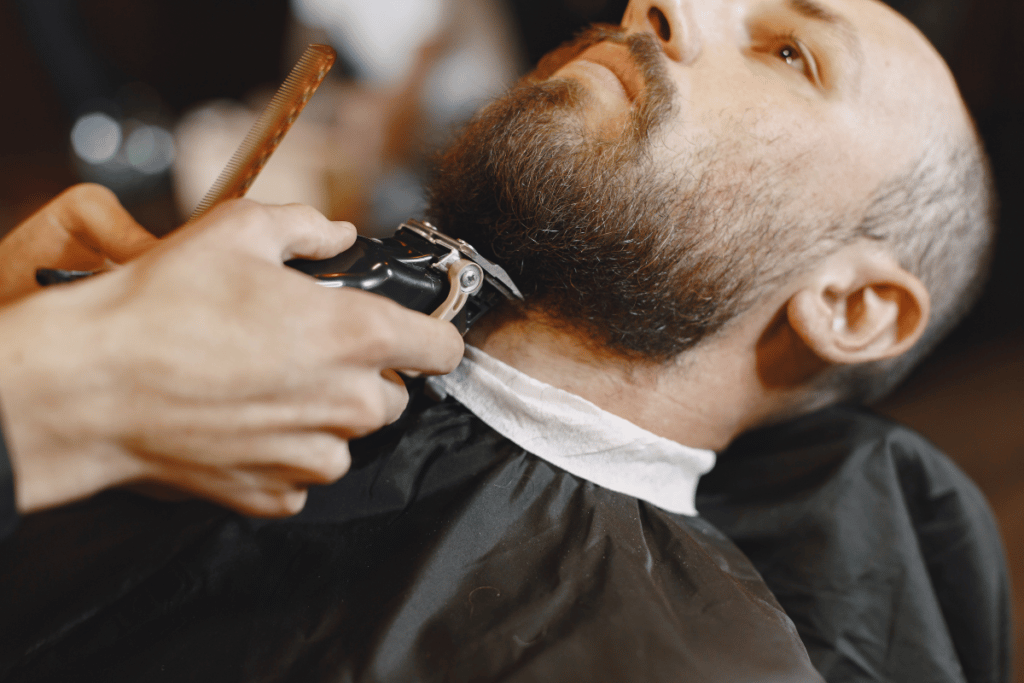
If a pubic beard isn’t quite your style, there are some things you can do to make your beard less groin-like.
To keep your beard looking neat and well-groomed, keep it hydrated, brushed, and oiled. These tips will minimize the coarse, curly look and feel. If excessive curl is an issue, straightening the beard can help.
- Hydrate
- Brush
- Oil
- Straighten
Hydrate
Beard hairs are naturally coarse and thick. Add sun, wind, and heat to the mix, and your whiskers can look unruly and parched. Hydrate with a beard conditioner and beard cream. Moisturizing both the skin and hair will foster healthier beard growth.
Brush
If your beard resembles the short curlies, regular brushing can work wonders. Use a high-quality boar or badger bristle brush to distribute oils and train the hair to grow vertically.
Oil
After you hydrate and brush, apply beard oil to soften your whiskers and give them some shine. A well-oiled beard looks great and gives the impression of a sharp, bearded man.
Straighten
After doing all of the previous steps and your beard still resembles the hairs down under, consider a beard straightener. Use the least amount of heat to avoid scorching your hair, and let it go natural periodically to reduce styling damage.

